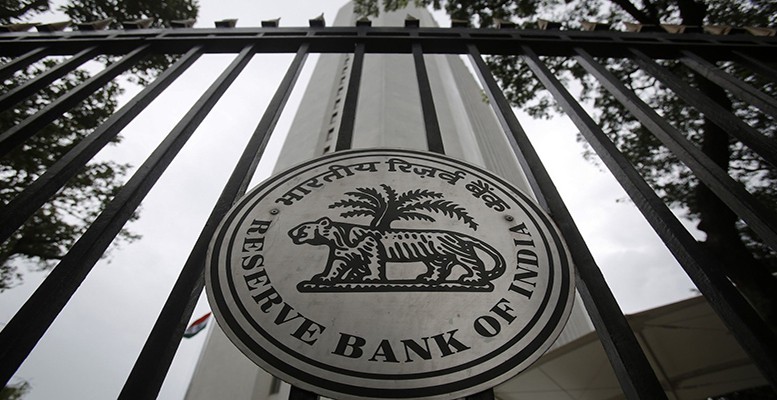Alicia García Herrero (Natixis) | Will India’s gross domestic product ever surpass that of China? Ten years ago, no one would have given this question much thought. But times are changing. The Chinese economy may now be more than five times larger than India’s, but India is growing much faster than China, and no one expects that to change any time soon.
Already, since 2010, India’s economy has overtaken those of the U.K., France, Italy and Brazil in size. Japan, which last year slid behind Germany to become the world’s fourth-largest economy, is set to be the next to fall behind India, sometime in the next few years.
Unless there is a major shock then, the Indian economy is on track to converge in size with that of China over the coming decades. Whether Indian output will actually overtake that of China is hard to predict, since that will depend on how swiftly Chinese output decelerates and how long India continues to benefit from conditions favorable to its growth momentum, including an expanding, urbanizing population and Western investment interest in the country as a hedge against dependence on China.
China’s growth rate has been coming down from its previous double-digit pace since 2010, with the government this year aiming simply for a rate of “around 5%.” But for an economy with a per capita GDP above $10,000, 5% growth would already be exceptionally good. South Korea is the only country to have reached that income milestone and then sustained average GDP growth above 5% for another decade.
Chinese growth will likely have its ups and downs in the coming years, but its structural deceleration is a fact of life. Every factor behind China’s potential economic growth is slowing, including potential contributions from labor, labor productivity and investment. Returns on investment have been coming down for the past decade and are now similar to those of developed economies.
Without major structural reforms, China’s growth rate will subside to about 2.4% by 2035. It will then continue to slow as China’s urbanization rate, currently at 60%, approaches the 75% of developed economies. As the country’s overall population declines, the pace of annual growth may hover around 1%, like that of Japan today.
India is at a very different point in its development. Over the last decade, its average growth rate has been about 7%, which should be sustainable given that even with recent urbanization, only about 35% of its population lives in cities.
India can also be expected to draw significantly more foreign direct investment into its manufacturing sector. Such flows provided a significant lift to China in past decades, but now foreign companies and government are looking for alternative production bases amid the great power competition between Washington and Beijing.
India’s central role in the Indo-Pacific region, anchored by the world’s largest population and the country’s rising economy, will lock in U.S. interest. The European Union, too, is keen for India’s momentum to continue as it battles over export markets with China.
One key uncertainty with this picture involves Chinese innovation. China has been increasing spending on research and development to levels similar to those of developed economies, though the amounts remain much lower than those of South Korea or the U.S. This investment has already been paying off, with China moving quickly up the ladder in many industrial sectors and making breakthroughs in a number of scientific fields.
However, this innovation drive does not seem to be generating any productivity gains in terms of China’s total factor productivity. This phenomenon, which bodes ill for reviving China’s growth momentum, appears related to the lack of substantial economic reform over the last two decades.
It can also be traced to the increasingly difficult environment facing the most vibrant part of China’s economy, the private sector. Adding in headwinds from Washington’s tightening technological containment measures, it is difficult to be optimistic about Chinese growth.
At the same time, it is worth asking whether India might fail to sustain its current momentum. It would not be the first time. Do not forget that India’s economy was not much smaller than China’s as of 1990. But excessive planning and government-led industrial policies, and a lack of agricultural reform, held India back as Chinese growth exploded.
Reflecting on China’s experience, India will need to work harder on its own “reform and opening up” agenda. Reform moves by the government of Prime Minister Narendra Modi during his second term, which is about to come to an end, suggest that he had gotten the message. But it is an open question about what direction he will take should he win a third term, as expected, when Indians go to the polls later this month. Modi’s “India First” agenda, which carries a clear tone of self-reliance, especially as far as the industrial sector is concerned, is worrying. His divisive social agenda also could bring headwinds.
Yet, all in all, India seems set to have an economy as large as that of China by around the middle of the century, as well as a much larger population. Crucially, whether India manages this feat will be in its own hands. Complacency about reform and openness will be just as problematic for New Delhi as it is now for Beijing.





